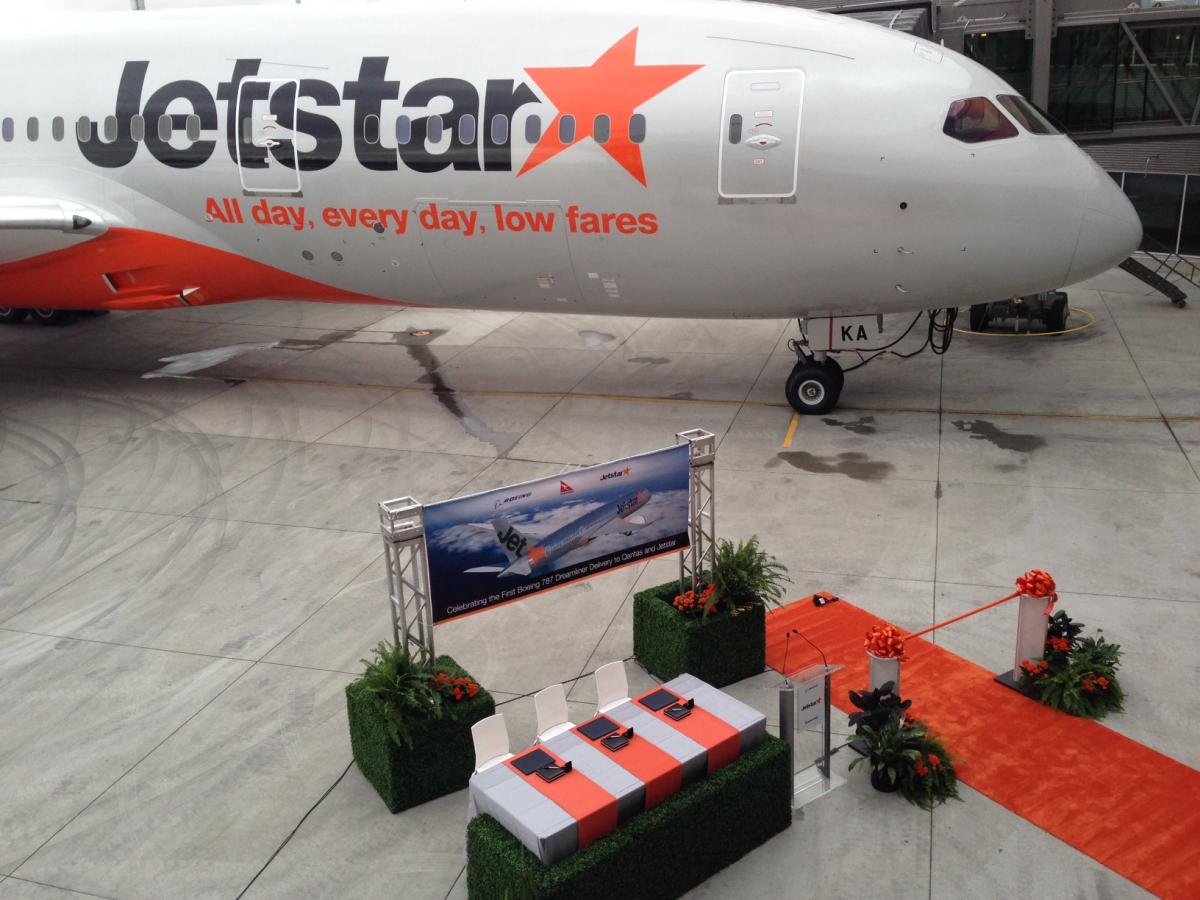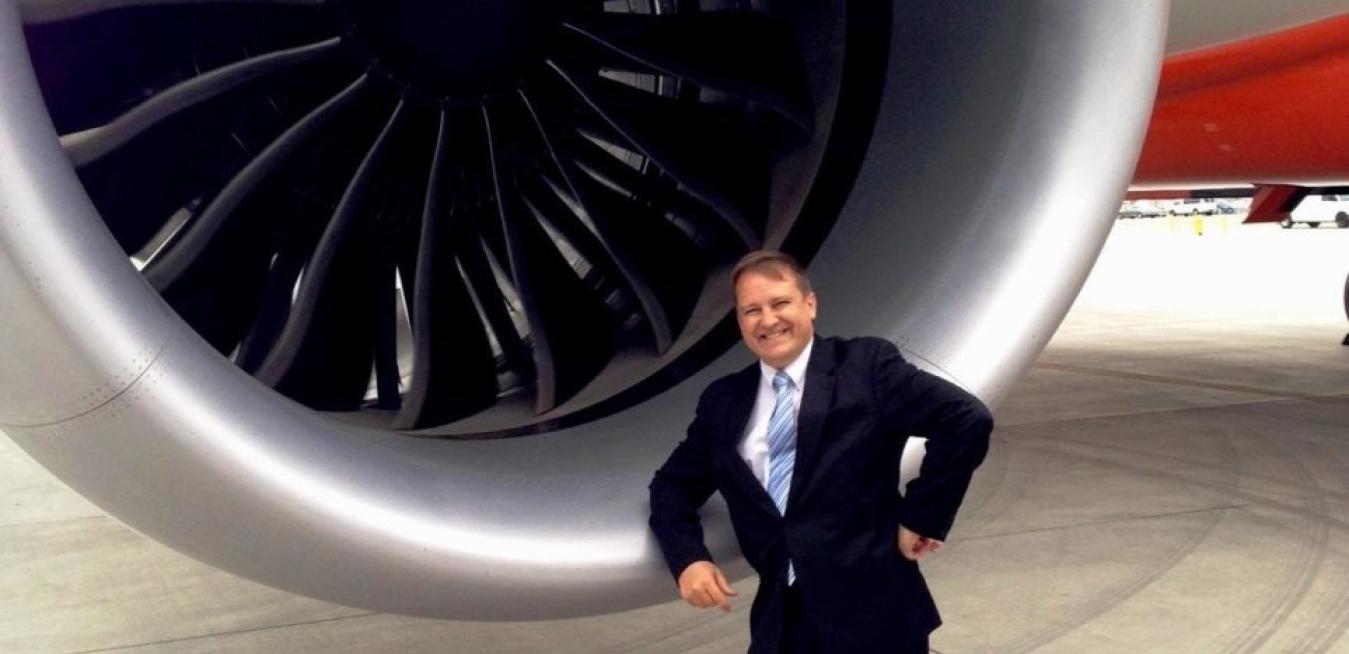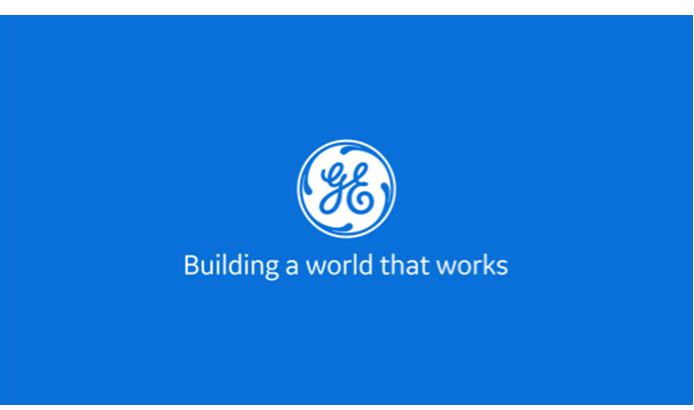To mark the occasion GEreports caught up with Max York, Managing Director GE Aviation in Australia and New Zealand to talk about the industry, predictions for the future and his personal journey in aviation.
This year marks the 100th year since the world’s first commercial flight. What are your thoughts on how the industry has changed and developed over time?
Obviously engine and aircraft technology has become vastly more efficient. More people fly, costs are lower, engines more fuel efficient, aeroplanes more reliable, and more people can afford a plane ticket.
The industry is just much more environmentally friendly. If you do the numbers an A380 consumes about as much fuel per seat, per kilometre as a Toyota Prius.
Lower fuel costs means lower travel costs. And this has led to a democratisation of air travel.
This has a significant impact on economies of scale to further develop industry, and it has stimulated other industries. Things like tourism, education and trade have all benefitted from lower travel costs - made possible by technology.
What are some of the most interesting aviation technologies you’re seeing?
At the moment it’s CMCs, or ceramic matrix composites.
This is a relatively new material that takes the strength of metal, and combines it with the heat resistance of ceramics.
Ceramics, in addition to being able to withstand very high temperatures, also have a very low density.
So not only are they more heat resistant and more durable, CMCs are also lighter – which means jet engines will be more energy efficient.
Metal alloys have been the fundamental building block of jet engines for decades but these CMCs are a step change for the industry and we will continue to see CMCs in more applications in engine technology.
What if we flash forward 10 to 15 years – how do you think aviation and engine design will change?
From my perspective, there are three things that are rapidly changing the way we build and design jet engines.
The first is an incredible advancement in materials, like the introduction of the CMCs I was talking about before. Right now they are only being used in specific places in the engine, but we’re going to see them used throughout aircraft engines and this is going to have a significant impact on the entire industry.
The second is the emergence of 3D printing, which means we can build anything, anywhere now because traditional mould casting is no longer required. This will change design philosophy across a number of parts in the engine, from fuel nozzles through to engine brackets.
The third is how advancements such as these will impact the overall design and architecture of the jet engine. Thanks to advancements in materials and 3D printing, we will see engines with smaller cores, and with noise-reducing designs that are also extremely energy efficient.






